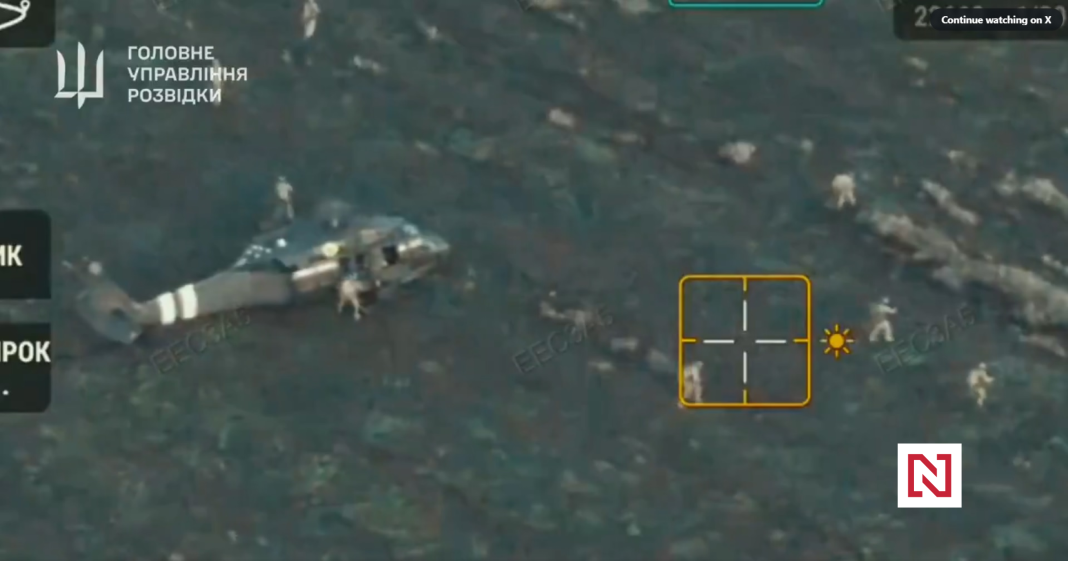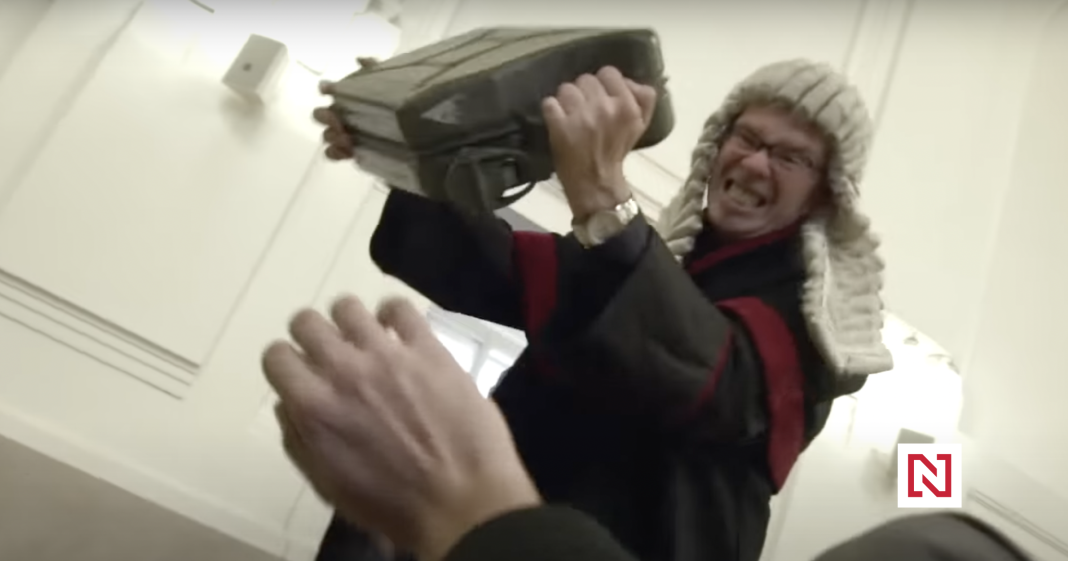In recent days, a peculiar claim has surfaced on social media, suggesting that a Black Hawk helicopter, humorously nicknamed “Čestmír,” was shot down. Thousands of Facebook accounts are sharing this story, sparking curiosity and raising questions about its veracity.
The Origin of the “Black Hawk Čestmír” Story

The origins of the Black Hawk Čestmír narrative can be traced back to a series of social media posts that quickly went viral. These posts detailed an alleged incident where a Black Hawk helicopter was purportedly shot down over an undisclosed location. The story, while seemingly improbable, has gained traction due to the sheer number of accounts sharing and commenting on it. However, no credible sources have confirmed any such event, rendering the story more of an internet legend than a factual report.
This viral sensation may have begun as a joke or a satirical take on military and political scenarios often dramatized in the media. The creative use of a traditional Czech name, “Čestmír,” adds a humorous and local twist, engaging Czech audiences further and encouraging them to participate in the narrative, knowingly or unknowingly.
Social Media’s Role in Spreading Misinformation

The rapid spread of the Black Hawk Čestmír story highlights how quickly misinformation can propagate on platforms like Facebook. With algorithms designed to prioritize engaging content, sensational stories often reach a wide audience before they can be fact-checked. This incident underscores the role social media plays in disseminating false information, as well as the challenges of curbing such spread.
False narratives can gain a veneer of legitimacy when shared repeatedly, convincing users of their authenticity. This phenomenon necessitates critical thinking and media literacy to differentiate between verified news and fabrications. Users are encouraged to cross-reference such stories with reputable news outlets or official statements before accepting them as truth.
The Appeal and Impact on Public Perception

Beyond the humor, the story of Black Hawk Čestmír taps into a broader cultural curiosity about military activities and clandestine operations. Audiences are often fascinated by tales of espionage and adventure, making such stories irresistibly sharable. This compulsion is evident in the massive engagement seen online, where the line between entertainment and reality blurs.
While it may seem like harmless fun, repeated exposure to such narratives can influence public perception, fostering skepticism towards legitimate news sources and official reports. As misinformation becomes more prevalent, it could eventually lead to a misinformed public that struggles to trust verified information.
Addressing Misinformation and Encouraging Responsible Sharing

To combat the spread of stories like Black Hawk Čestmír, it’s vital for social media platforms and users alike to engage in responsible sharing practices. Platforms need to enhance their verification processes and provide clearer indicators of content authenticity to help users navigate complex information landscapes.
On an individual level, users play a crucial role in promoting the integrity of online discourse. By verifying sources, remaining skeptical of unverified claims, and educating others about the importance of media literacy, users can contribute positively to the digital information ecosystem.
In conclusion, while the story of Black Hawk Čestmír may have captivated social media with its entertaining premise, it serves as a reminder of the dangers posed by misinformation. As digital citizens, it is our responsibility to ensure that truth prevails over fiction in the stories we tell and share.





